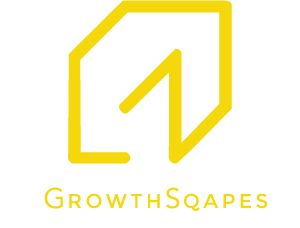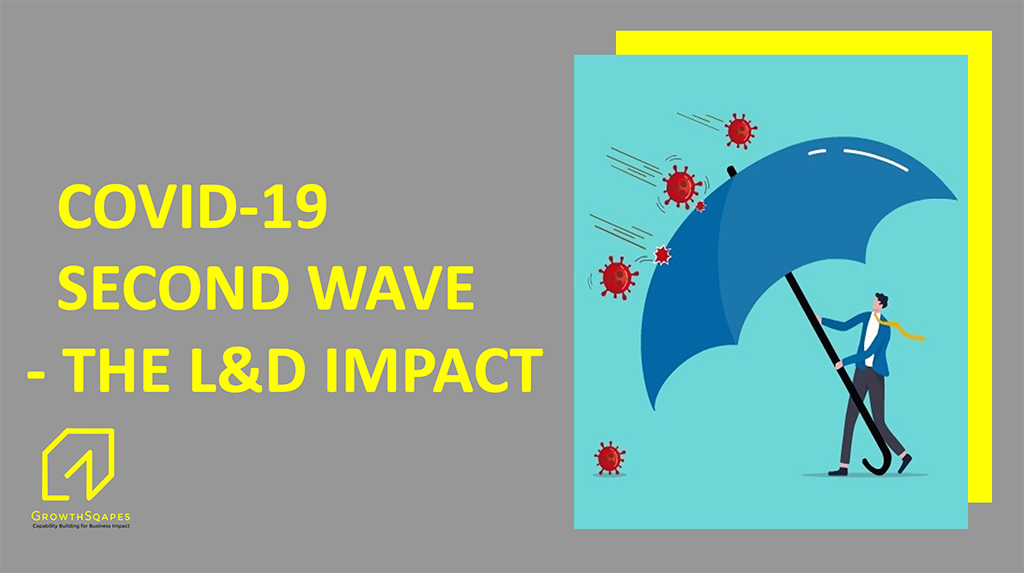As you read this, the equilibrium of normalcy in society seems to be in another battle. The battle between vaccine possibility and virus positivity. Both Covishield and Covaxin in India seem to be overcoming the accusations of efficacy, supply, and side-effects from all quarters, at least perceptually.
In a huge nation like ours where faith often rules over logic, perceptual validation competes with clinical validation. Though each substantial leap of the virus is being thwarted by eligibility leaps of a vaccinable population, clearly to us this wave is altered. Fear now seems to be a faulty evaluation of actual reality. No matter how much the authorities force penalties or whack us, there is a fair degree of anti-virus arrogance and disbelief.
‘Walking and talking encyclopedias’ declare herd immunity. Only if they can be convinced by eminent experts like Dr.Guleria, that herd immunity is achieved by protecting people through vaccination, not by exposing them to the pathogen that causes the disease.
The factors that are driving the second wave, let’s face it – waning antibodies, not following COVID-19 appropriate behavior, pending vaccinations, and gung-ho festive celebrations are finally affecting business. With many local governments forced to re-introduce stricter measures like night-time curfews and sealing of premises in order to contain the spread, several plans that were coming to tracks of delivery are getting stalled or delayed.
What does this ‘contact-less continuity’ and delayed normalization mean for L&D managers?
Virtual boredom returns like a bad taste. At all levels of society, we were beginning to ‘get real’ , and getting back to virtual again is battling a lot of inertia.
Hope is also a paradoxically bad habit. It drives us in a direction and generates a dilemma. That’s what the L&D community is filled with as the second wave rises. Budgets and plans were made keeping the Hybrid Learning Model in mind, but the heart yearned for the off-line. Covid-19 enforced hybridization of learning.
Hybridization of learning could be defined as intermixing of different pedagogical elements that have the capacity of going beyond the traditional ‘walled educational interaction-systems’ of facilitator and learner to create a new cyber-organizational entity.
What’s different in the Hybrid Learning Model?
A composition of internet-of-things (IoT) based educational technology and human beings turning learning into a new social hybrid. A new social system of learning, with its own social networks and mediating technology – the mobile apps, Amazon Alexa, Google Home, the changed LMS that talks through them, travels in the car and employee bus to other home-delivered byte-sized content carriers.
While the ‘echo chamber’ utility of a traditional conference room is not discounted, the new cyber-org entity would function as a room of discords and differences. Facilitating in the hybrid model is not smooth as silk. The virtual environment generates new psychodynamic elements in the learner much different from in-class.
So, project managers and program managers are back on the drawing board. And within the hybrid, the blended will be put to test. All elements of L&D will swivel around these. Is there a better model than the Corona Virus Learning Model? 2021-22 is the Year of the Corona Hybrid Learning Model. It May sound bizarre at the moment but once it passes the test, it would enter the future BCP-DMP manuals.
How can the L&D community cope?
Without judgment and without trying too hard to force-fit, the L&D community needs to accept that theory continues to be put into practice. The conjectures that happened in magazine articles about real growth through virtual methods are now a reality. As a capability building community we must be “paying attention in a particular way: on (our) purpose, in the present moment, and nonjudgmentally.” (Kabat-Zinn, 1994, p. 4).
That’s what being mindful is all about. This would give us an inner sense of flexibility to accept, connect, and collaborate. The ‘flexibility to accept’ is a cognitive process and a biological reality that we may not be conscious about that we undergo. So, let’s be thoughtful and mindful of what we cook with our thoughts. That should help us cope. Another point. Resilience is for us too. Learning too is business.
L&D community can no more brush aside technology as the snooty’s show. We got to come out of our technophobia, adopt and adapt to stay in business.
3 ways to ensure efficiency, effectiveness, and efficacy in capability-building endeavors in the Hybrid Learning Model?
The North Star: Zero-surprises project management is the north star for program managers, project managers, and learning team leaders. The inertia of taste, preferences, and fatigues of Zoom, MS Teams, and Google Meets forced by the quirks of WFH, needs a disciplined approach to help us accomplish more in terms of a learning culture with the hybrid model, so that we do not spin out of control. For efficiency, it is mandatory that the unstructured virtual environment of the hybrid model becomes empirical and project-oriented.
The Visible Impact: “Change in behavior is the only indicator of growth” (Lewin). For capability-building interventions, this translates into a change in behavior that gives a visible needle movement in business. Traditional indicators of effectiveness are no indicators in the current context and methodology of capability building. Program managers and business managers need to identify fresh needles on their dashboards whose movements they will track. That’s where L&D and business have the mandate to co-own, connect, create and collaborate.
Not the Medical Paradigm – What creates fruitful learning and how to measure it? Does a good facilitator always lead to great learning? In other words, can any facilitator, in real or virtual mode, create learning even when participants do not learn well; and can participants learn despite facilitation that is substandard? The observation that surgery was successful, but the patient died anyway is what medicos can afford. As learning community members, our reality lies in the ‘belief that we have on our own capabilities to impact others learning’, as different role holders of the learning organization. On the other hand, each of us in the learning community also has a larger goal – that of generating belief in people that learning would change their world for a little better. ‘Learning is learner’s responsibility’ – true, but that does not absolve ours.
Satyakki Bhattacharjee
Managing Partner – Growthsqapes
This blog has been written by Satyakki Bhattacharjee, Managing Partner at GrowthSqapes.

